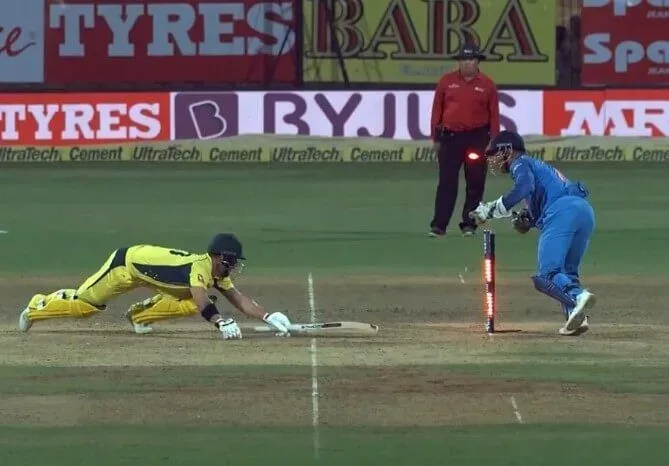From September 28, 2017, onwards, a new set of rules are set to be introduced in the game of cricket. To make the game more balanced between bat and bowl, the International Cricket Council has brought in several new advancements and rule changes.
The rules will be first applicable from the Test series between Sri Lanka and Pakistan and also South Africa and Bangladesh which happen to start on the first day of the changes.
“Most of the changes to the ICC playing conditions are being made as a result of changes to the Laws of Cricket that have been announced by the MCC. We have just completed a workshop with the umpires to ensure they understand all of the changes and we are now ready to introduce the new playing conditions to international matches,” ICC General Manager – Cricket, Geoff Allardice said.
Following are the new rules
The bats have gotten bigger in the recent times and we have seen batsmen hitting sixes even after mistiming the shots. There will now be regulations on the size of the bats. The restriction on the length and width of bats remain the same but the thickness of the edges can’t be more than 40mm and the overall depth has to be within 67. Umpires will be carrying a bat gauge which can be used to measure the dimensions of the bats.
With a football-like rule, a player can now be sent off for any serious misbehavior on the field of play that will apply to Level 4 offences whereas the Level 1 to 3 offences will continue to be dealt with the ICC Code of Conduct.
Threatening to assault an umpire, making inappropriate and deliberate physical contact with an umpire, physically assaulting a player or any other person and committing any other act of violence, all will come under Level 4 offences.
There is a major change in the way Decision Review System is handled. The sides won’t lose a review in the case of an umpire’s call. In Test cricket, the reviews won’t get renewed after 80 overs which would mean that for each innings, each side will have 2 unsuccessful reviews. Additionally, the DRS system will now be introduced in T20Is as well.
Another change will occur in the run-out or stumping situations. If a batsman, after making his crease, loses contact with the ground either with his bat or the body, he won’t be declared out if the bails are taken off.
In the cases of catches taken on the boundaries, airborne fielders making their first contact with the ball will need to have taken off from inside the boundary, otherwise, a boundary will be scored if he touches the boundary before making contact with the ball.
The last of the rule amendments states that a batsman can now be out caught, stumped or run out even if the ball bounces off the helmet worn by a fielder or wicket-keeper.














